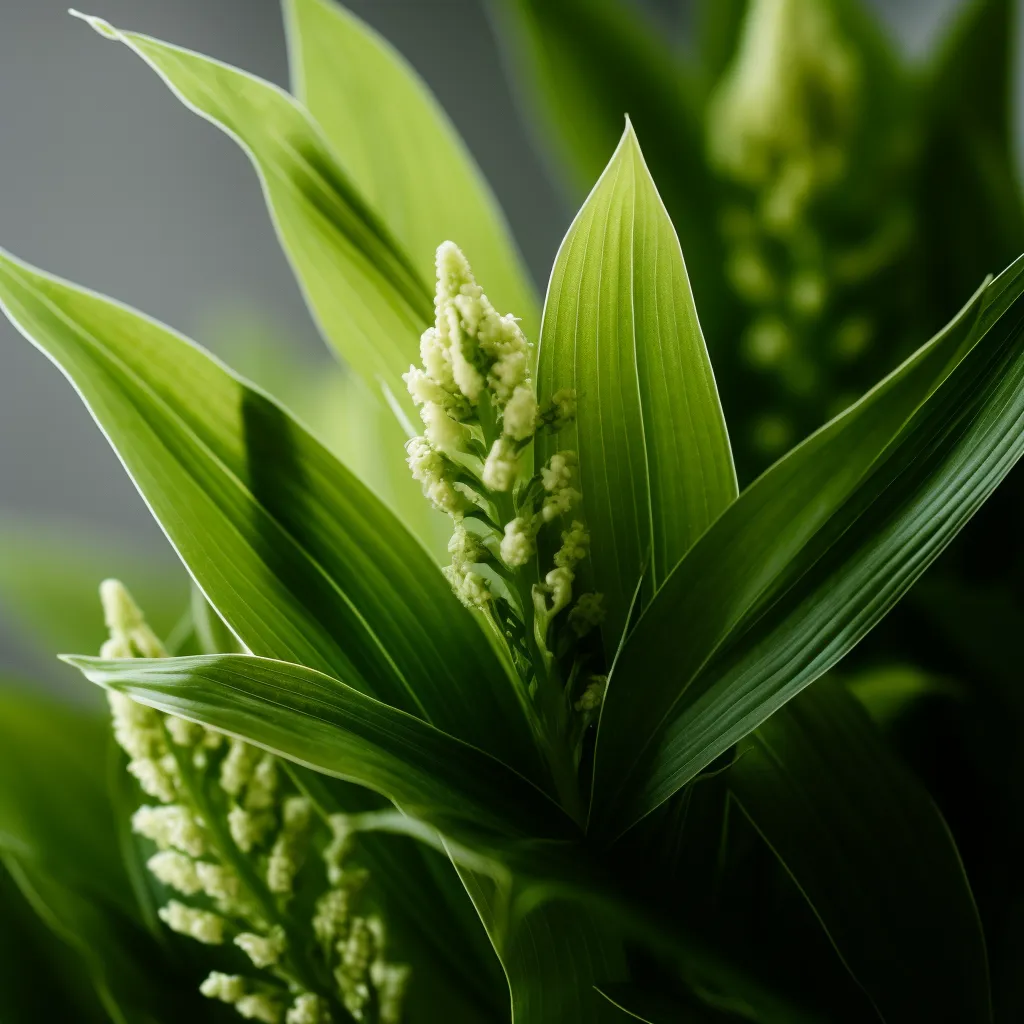Story of Day :
Contents
Veratrum nigrum (Black False Hellebore) Plant Care Tips
Welcome to another edition of our garden blog! Today, we are going to take a closer look at Veratrum nigrum, also known as Black False Hellebore.
This stunning perennial plant is not only a beautiful addition to any garden but also quite fascinating in terms of its care requirements.
So, let’s dive right in and discover some essential tips for keeping your Veratrum nigrum healthy and thriving.
Understanding Veratrum Nigrum
Before we delve into specific care tips, it’s essential to familiarize ourselves with this unique plant species.
Veratrum nigrum is native to parts of Europe and Asia and belongs to the Melanthiaceae family.
It features tall stems that can reach up to six feet in height with dark green foliage and clusters of small black flowers that bloom during the summer months.
Sunlight Requirements

In order for your Veratrum nigrum plants to thrive, they require the appropriate amount of sunlight.
Ideally, these plants should be placed in partial shade or dappled sunlight conditions.
Full sun exposure can lead to scorching or wilting of the foliage.
Soil Preparation
- Acidic Soil: Black False Hellebores prefer acidic soil conditions with a pH level between 5.0 and 6.5.
- Rich Organic Matter: Ensure that the soil is well-draining by incorporating organic matter such as compost or aged manure into the planting area.
- Moisture Retention: To retain moisture levels adequately, consider adding a layer of mulch around the base of the plants.
This will also help to prevent weed growth.
Watering
Proper watering is crucial for maintaining healthy Veratrum nigrum plants.
These perennials prefer consistently moist soil, but not waterlogged conditions.
It’s important to strike a balance and avoid both underwatering and overwatering.

Keep an eye on the moisture level in the soil and adjust your watering schedule accordingly.
During hot summer months, you may need to water more frequently to ensure adequate hydration for your plants.
Fertilization
To promote optimal growth and blooming, it’s recommended to fertilize Veratrum nigrum annually in early spring or late fall using a balanced slow-release fertilizer.
Avoid over-fertilizing as this can lead to excessive foliage growth at the expense of flower production.
Pest Control
In general, Veratrum nigrum is relatively resistant to pests and diseases.
However, certain garden pests such as slugs and snails may occasionally feed on their foliage.
To protect your plants from these pesky creatures:
- Handpick: Regularly inspect your plants for any signs of slug or snail damage and manually remove them if spotted.
- Natural Remedies: Consider using natural pest control methods such as diatomaceous earth or beer traps around your Veratrum nigrum plants.
- Copper Tape: Applying copper tape around plant containers or borders can create a barrier that slugs and snails are reluctant to cross.

Dormancy Period
A unique characteristic of Veratrum nigrum is its dormancy period.
During late autumn, the foliage of this plant will naturally wither and die back.
This is a normal part of its growth cycle, and you should not be alarmed.
During the dormancy period, it’s important to refrain from watering or providing any additional care to your plants.
Allow them to rest undisturbed until spring arrives, when new growth will emerge.
Summary

To recap: Veratrum nigrum (Black False Hellebore) is a beautiful perennial plant that requires partial shade or dappled sunlight conditions.
It thrives in acidic soil with proper moisture retention and benefits from annual fertilization.
While relatively pest-resistant, watch out for slugs and snails during the growing season.
Remember that these plants naturally go dormant in late autumn and should be left undisturbed until spring when new growth appears.
We hope these tips help you successfully care for your Veratrum nigrum plants! Stay tuned for more exciting garden tips in our future blog posts!